On a trip to the Meadows at FDR Park at the end of last summer, we got our feet wet.
The Meadows is a repurposing of the recently closed golf course at the South Philadelphia park. What were once fairways are now green spaces for play, short-term art installations and homes for wildlife. We were early to meet some friends at the park, and we killed time by following a trail marked by hand-painted signs. The first few hundred yards were fine, but as we made the turn at the end of the trail loop, we found ourselves faced with a large puddle that extended well out into the grass and brush to either side. We tiptoed through it as best we could, but in the end the water won and breached our sneakers.
Like most of the park, the old golf course is wet and getting wetter.
I can’t remember a visit I’ve made to FDR Park in the past few years that didn’t involve flooding. Often there are puddles across the roadways. Paths around the lakes tend to go through the marshy edges rather than around them, and a shortcut through a field often turns into a squelching slog.
“Those lakes keep getting bigger,” says George Armistead, co-founder of BirdPhilly and South Philly resident. He has been birding FDR Park since 2010. “I never don’t bring muck boots anymore. I used to go in sneakers.”
The wetter conditions were a major factor in the decision by Philadelphia Parks & Recreation (PPR) to close the golf course in 2019. It was opened as the Meadows in 2020 to accommodate increased park visitors during the COVID-19 pandemic. The Meadows has proven to be popular for nature lovers, as well as for families looking for more green space to let their kids run around.
“It is great that it is a meadow, we don’t have a lot of that habitat around here,” says Armistead. “Having that is pretty key for certain songbirds.”
The flooding has also been a guiding principle in the creation of the 10-year FDR Park Master Plan, unveiled in May 2019.
The park was created in 1926 on what was previously wetlands with a branching tidal creek running through. We might think of “sea level” as fixed, but in reality the surface of tidal waterways, like the Schuylkill and Delaware rivers, fluctuates by about six feet between low and high tides.
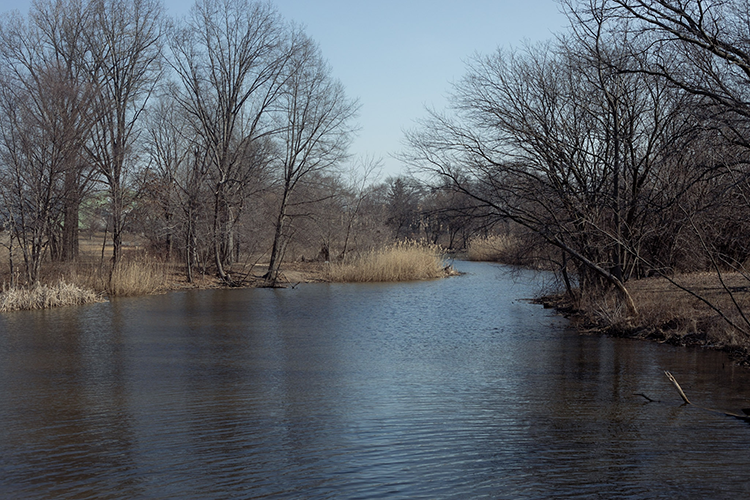
Shaped somewhat like a basin with a rim formed by the surrounding streets, the park currently sits below mean high tide, according to Allison Schapker, senior director of capital projects at the Fairmount Park Conservancy. What’s more, a tide gate—designed to close at high tide to keep out water and then open at low tide to release it—downstream in the Navy Basin has been partially broken for several years, letting in water at high tide. The park also receives stormwater runoff from I-95 and groundwater seeps up from beneath. The result is constant flooding.
“It’s not just the rainwater on the surface. We’re always going to have an issue with groundwater on the site,” says Schapker.
It’s only going to get worse, with the city anticipating five additional inches of annual precipitation and sea levels four feet higher by 2100. The solution, given the soggier future of global warming, means an end to the Meadows, but possibly the birth of an entirely new and more resilient park.
PPR has chosen to overhaul the landscape and drainage of FDR Park. As mapped out by the master plan, this will involve increasing the volume of surface water (the lakes and streams), expanding wetlands and raising the level of the remaining high ground.
“This is the first time we’ve looked at climate change projections into the future and had it inform a park’s design,” says PPR Commissioner Kathryn Ott Lovell. “And that’s what we need to be doing.”
Ott Lovell highlighted a long list of planned improvements in the park, including adding athletic fields and playspace, as well as new trails that explore expanded natural habitats.
“We want [the park] to be activated and used by more people. It is underutilized, and that is certainly in part because of the status of the park, because so much of it is underwater and because it lacks amenities,” she says.
The park’s redevelopment will kick off with the construction of a new gateway at the corner of Broad Street and Pattison Avenue. The guardhouse and stables will be transformed into a welcome center, and a play area will expand playspace beyond the current, often flooded, playground.
In 2022 construction will begin at the other end of the park, along I-95, to transform what is currently an inaccessible patch of woods into wetlands. The Philadelphia International Airport, which needs to create new wetlands to mitigate a wetland loss at the airport site, will be digging out the woods, which sprouted up on wetlands that had been filled in during the park’s early years, and depositing the excavated ground on the adjacent golf course, where it will be used to build up high ground.
“The wetland itself we think will be remarkable because it will be a mosaic of wetland types rare in Southeastern Pennsylvania,” says Ray Scheinfeld, planning and environmental services manager for the city’s Division of Aviation, which operates the airport. “It will be a showcase from an ecological side. We think we can expand habitat for flora and fauna. In the long run we’ll provide opportunities for wildlife viewing.”
Scheinfeld expects most of the construction for the wetlands mitigation project will be done by 2023, though it will take a few more years for the trees and other plantings to mature. So far the city does not have funding lined up beyond these two stages of the plan, leaving some uncertainty about the timeline for the trails and boardwalks around the new wetlands, as well as the playing fields to be built up with the excavated ground.
Schapker and Ott Lovell say that current park uses won’t be eliminated by construction before they can be replaced, but visitors who have grown fond of the Meadows will see it buried in 2022, rather than drowned by rising water. For now, its fans have to trust that it will be replaced by something better.
Ott Lovell is optimistic that the renovated park will meet the needs of current Meadows users, as well as people not yet using the park.
“We’re thrilled about the popularity. We intentionally reopened that golf course to draw in more people,” Ott Lovell says. “For some people this is their secret hidden place, but we want to make it our non-hidden place.”




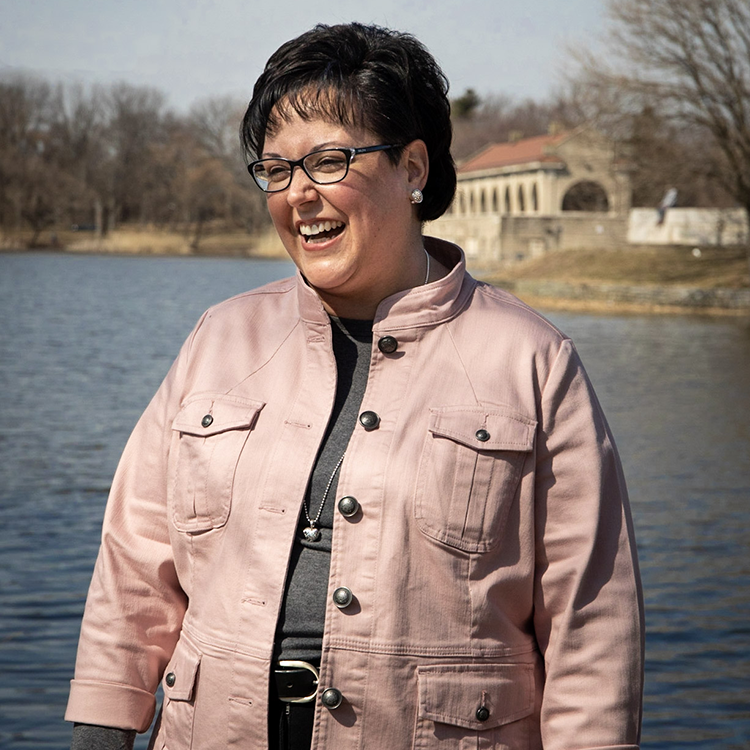
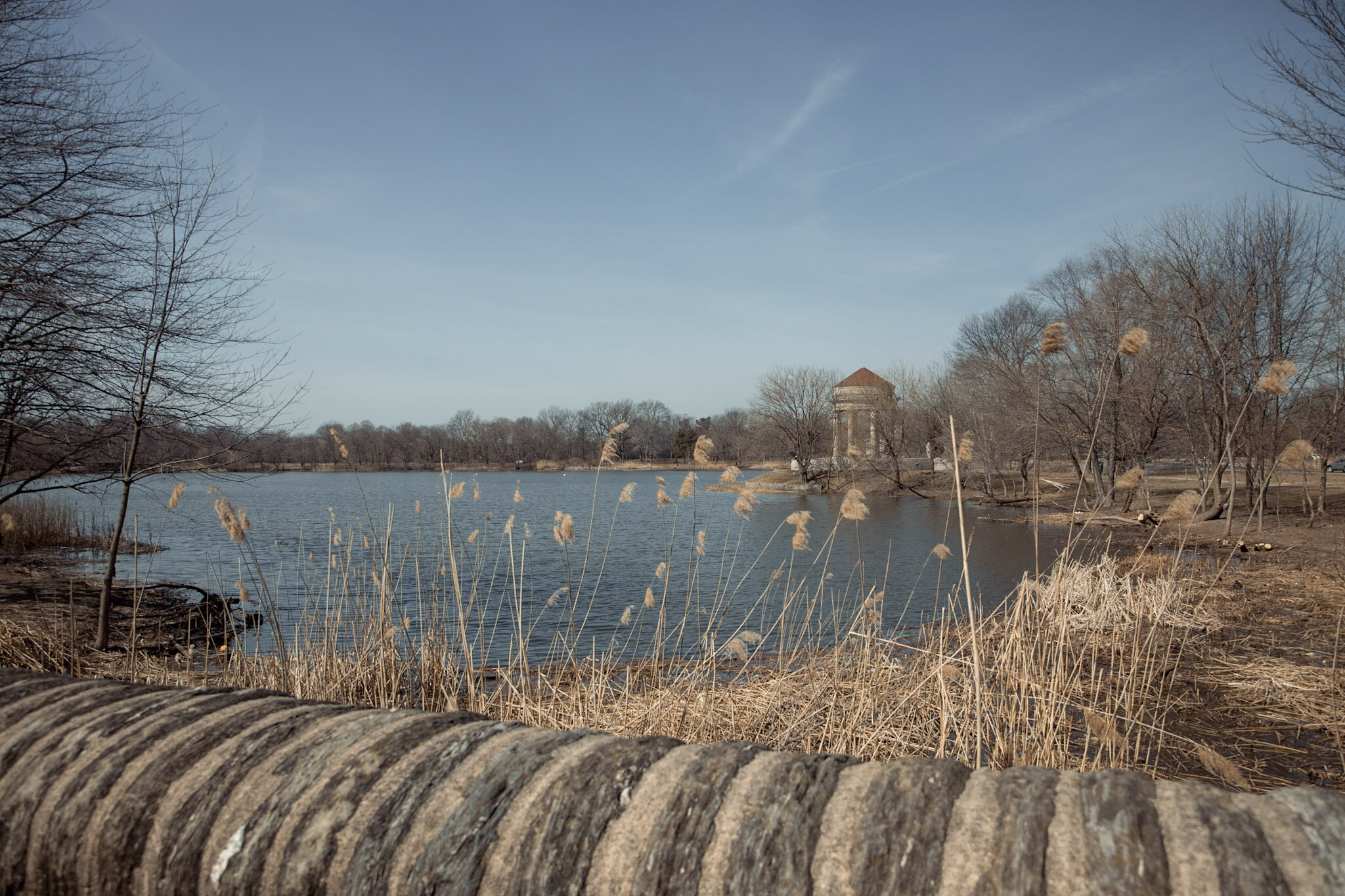

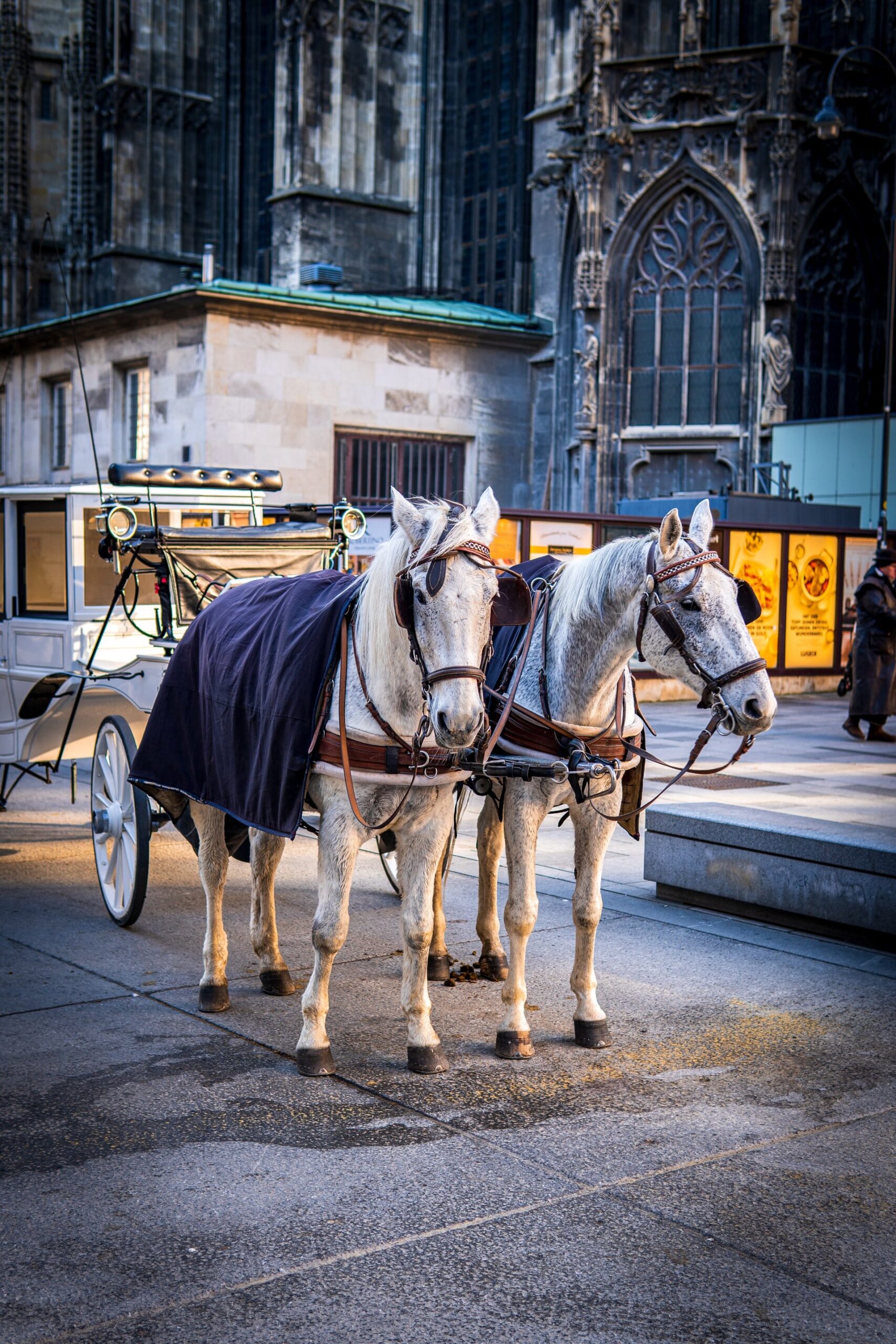
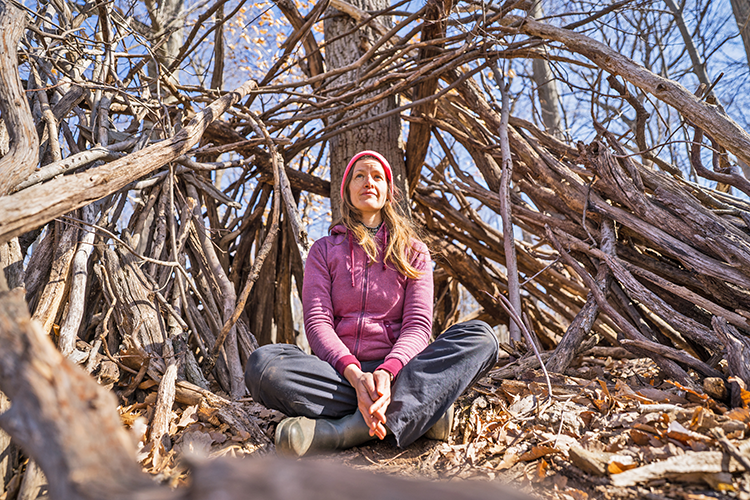
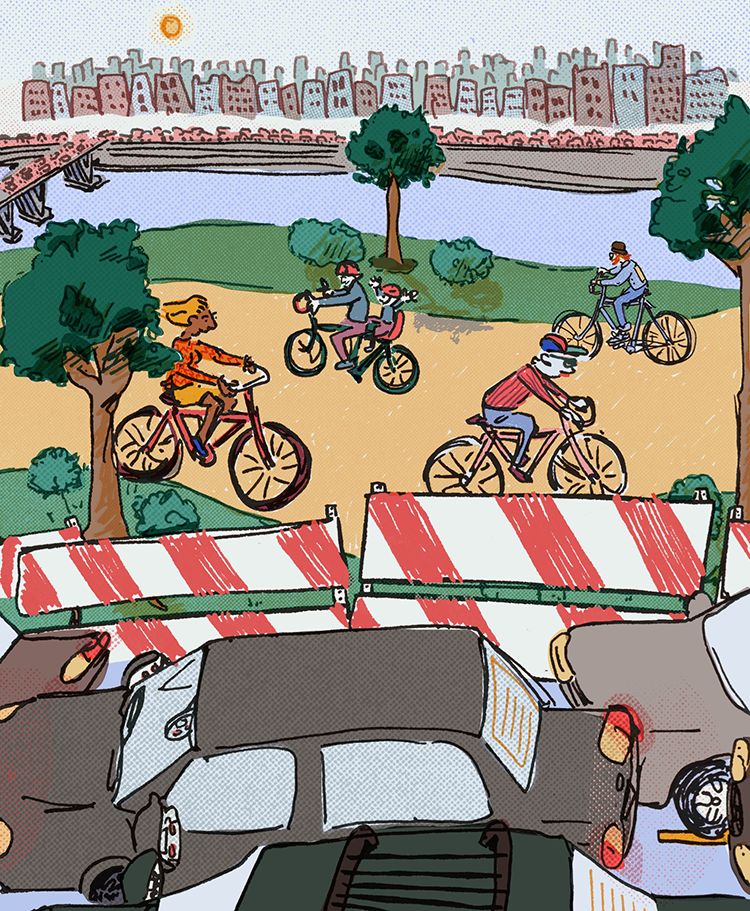

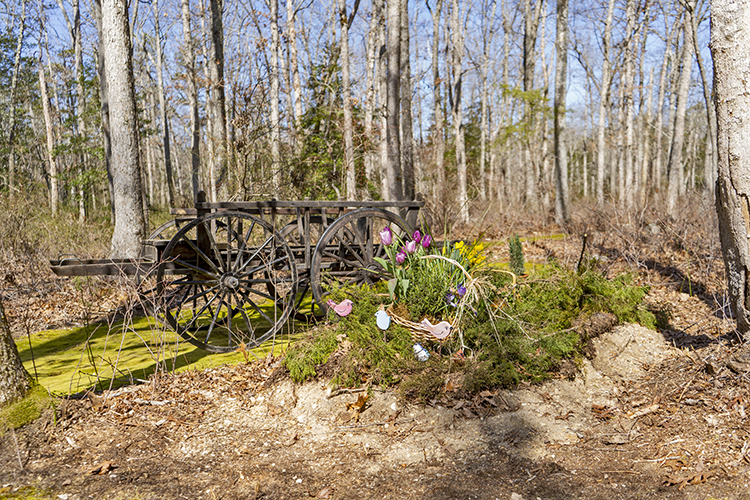

If you want to save the Meadows, please join People’s Plan for FDR! We’re working to stop this horrible plan as the destruction looms. Here’s the website: https://www.pp4fdr.org/ Hit the ‘join the coalition’ button to get involved!
Don’t let them get away with it!
Grid, thanks for this inspiring issue and your efforts to save FDR